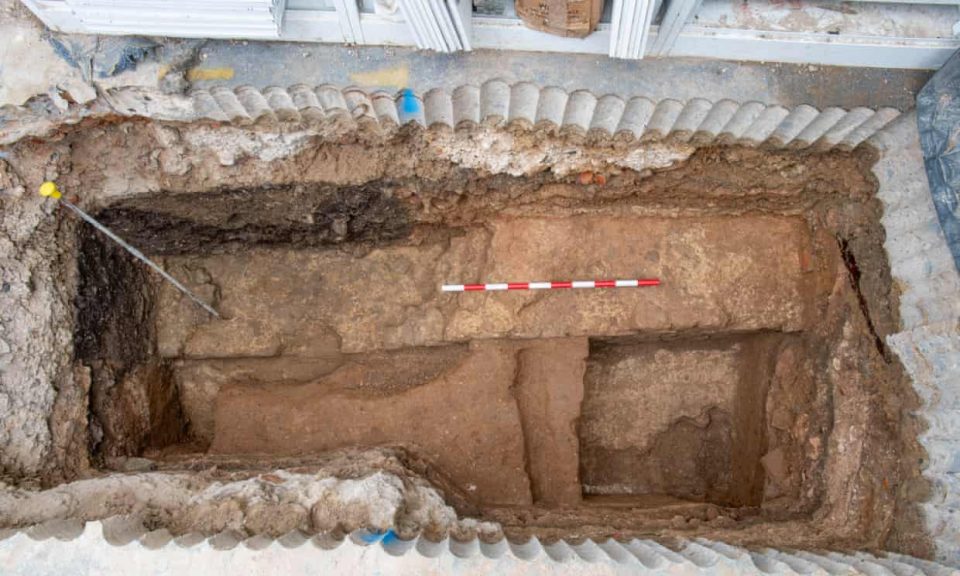Archaeologists have uncovered the remnants of what is believed to be London’s oldest Roman basilica beneath an office building, marking one of the most noteworthy archaeological finds in the capital in recent years.
This nearly 2,000-year-old edifice formed part of the forum, which served as the social and administrative hub of the Roman city and was constructed around the late 70s or early 80s AD. This was shortly after the Roman conquest of Britain and merely two decades following Boudicca’s destruction of the city in AD 60.
Positioned on an elevated site, the forum encompassed a vast open area comparable in size to a football pitch, flanked by shops and various structures. At its core, the basilica operated similarly to a town hall, where significant political and legal matters were deliberated.
Notably, archaeologists speculate that the area unearthed includes the tribunal—a specific section of the basilica where high-ranking officials would convene on a raised platform to address the most pressing issues facing the fledgling Roman settlement.
However, the basilica was relatively short-lived, being succeeded around AD 100 by a much grander forum constructed on the same ground.
Sophie Jackson, the development director at Mola, the Museum of London Archaeology, described the discovery as “one of the most remarkable finds in the city in recent times,” comparing it to uncovering the speaker’s chair and chamber of the House of Commons, albeit two millennia in the future. She noted, “The degree of preservation we have encountered has surpassed our expectations, revealing possibly the most crucial section of the structure.
“What’s thrilling is that we are just beginning to explore this site’s immense potential through our early research.”
The remains came to light in 2023 during the renovation of an office space located at 85 Gracechurch Street, adjacent to the entrance of the historic Leadenhall Market, nestled in the heart of the City of London.
Despite being aware of the forum’s general location, archaeologists were astonished by the discovery of substantial foundations and walls composed of flint, ragstone, and Roman tiles, with some sections measuring over 10 meters in length, 1 meter in width, and 4 meters in depth.
The magnitude of the findings prompted the developers, Hertshten Properties, to revise their plans to incorporate a public exhibition and event area, for which they intend to submit an updated planning application.
Duncan Wilson, the chief executive of Historic England, remarked: “Discovering the dais of the basilica, the very core of London’s Roman forum, preserved beneath the vibrancy of today’s square mile is truly extraordinary. To leverage this remarkable discovery, we are collaborating on a new public display of the archaeological remains, providing a fresh visitor experience in the City.”


